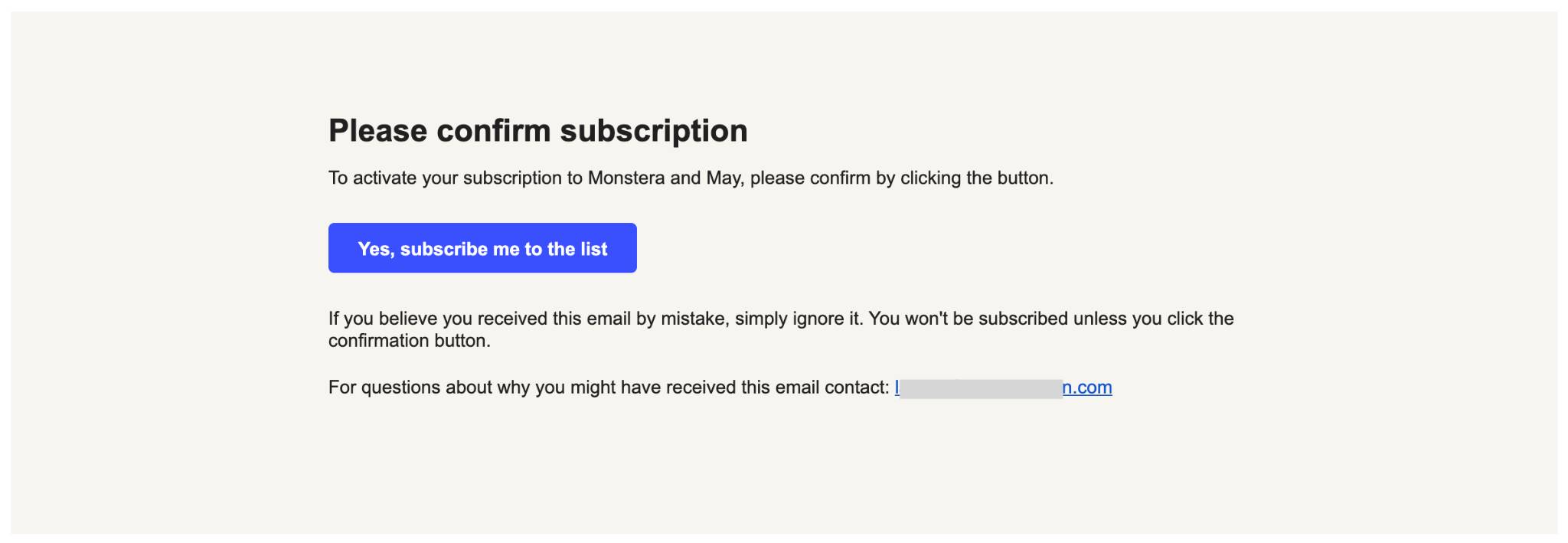Email settings
Overview
The Email section is where you can manage your default sender details, email domains, how subscribers opt in, and set email limits.
Accessing email
To access the email page, go to Settings > Channels > Email > Email.
Managing email
The email page allows users to:
Saving changes
Be sure to click Save at the bottom of the page to apply your updates.
Default from name, from email and reply-to email
This is the name and email your campaigns will be sent from unless you customize during the campaign setup.

Email domains
A Custom domain means your emails will appear as if they're coming directly from your own domain (e.g., you@yourbrand.com), rather than from @autopilotmail.com. You can choose a default sender domain, or customize it per campaign if you prefer not to use the default.
- Domains will appear as pending until you complete the setup on the provider's side.

Learn more about setting up custom domains.
Opt-in method
Notify new subscribers automatically or enforce double opt-in.
By default, contacts added via your CDP are automatically subscribed. Each data source has its own email subscription options, and these setups can differ between sources.
For contacts added directly via the CDP, choose one of these options:
- Disable opt-in notification: Contacts become subscribers without receiving an email notification confirming their subscription.
- Single opt-in: Contacts receive an email confirming their subscription when they sign up via a capture widget. They will receive an email confirmation that includes an unsubscribe link and your email address so they can contact you about the subscription if required.

3. Double opt-in (an email is sent to confirm the subscription). Contacts added via a capture widget receive an email asking them to confirm their subscription. They must click the confirmation button to complete the subscription. This email also includes your contact information for any subscription queries.

NOTE: The subscription confirmation link sent in the double opt-in email does not expire.
Email limit
This setting controls how often subscribers receive emails, helping to prevent overload and reduce the risk of unsubscribing.
By default, subscribers can receive a maximum of one email every 16 hours.
Learn more about email limits.
